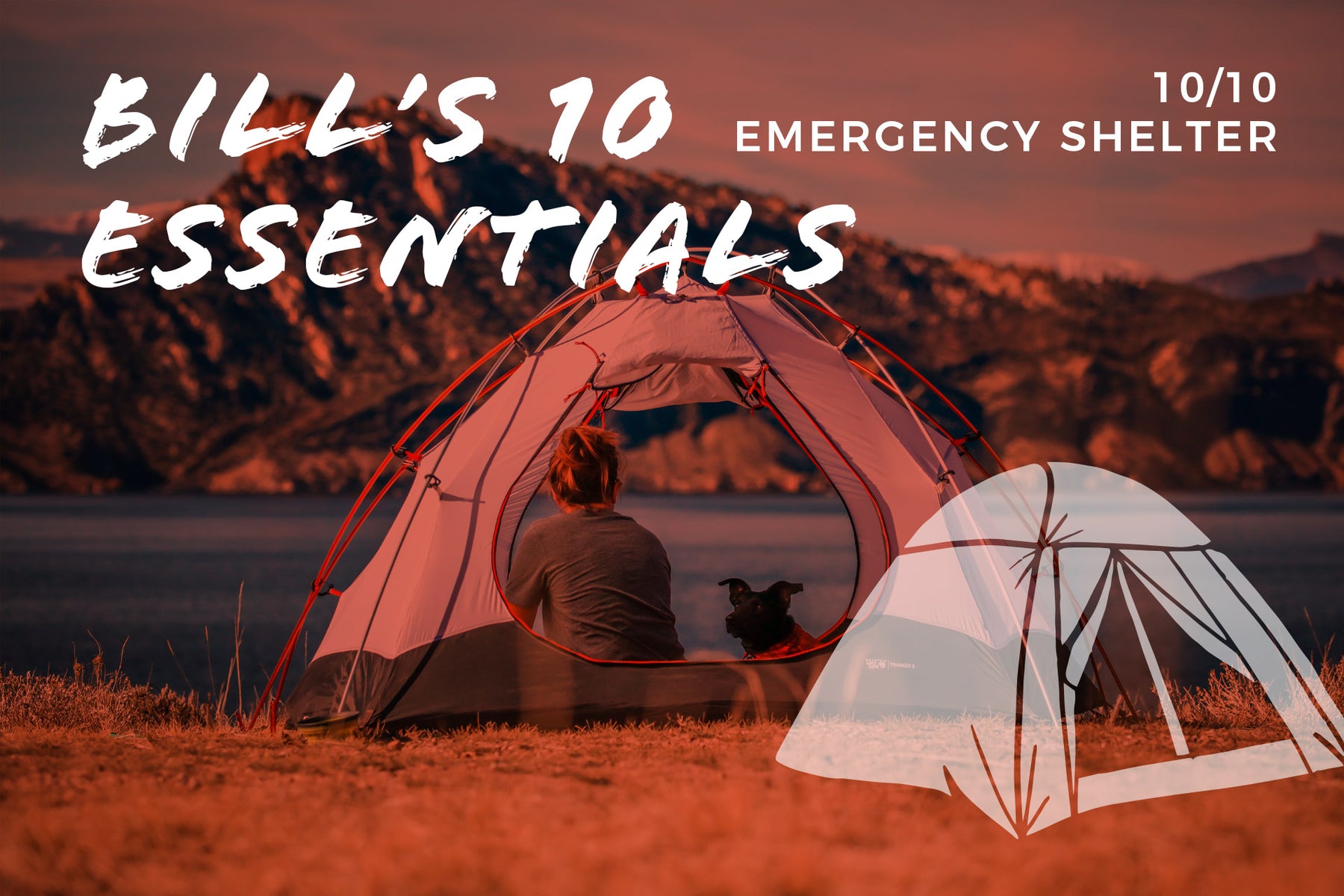Emergency Shelter was not on the original Ten Essentials list. It has been added to the “Systems Approach” revision. It probably came onto the list due to the recognition that if there is an emergency in the wilderness, it will more than likely require an unplanned overnight stay. By their very nature in Colorado, Search and Rescue teams are volunteers who respond from their normal jobs or activities to a call for help. This may entail changing clothes, picking up their equipment and meeting at a central location to review the known details of the emergency. Depending on the time of day, distance to the trailhead and distance from the trailhead to the victim, the team may not arrive for many hours or not until the next morning. Most hikers who acknowledge the importance of the Ten Essentials and prepare themselves physically and mentally will be able to endure this unplanned overnight stay. They may shiver and be uncomfortable but they will be alive in the morning.
The term “Emergency Shelter” can take many forms from a regular (hopefully light weight) tent down to a light weight bivy. On most day hikes it is awkward and heavy to carry a tent although there are several very light, one-person tents that fit into a day pack. Tents have the advantage of entirely enclosing people and protecting them from the elements, like wind, rain or snow.
A step down in complexity and weight would be a tent-poncho. This is not recommended as rain protection as an outer garment because of flapping panels and open sides allowing rain inside in a thunderstorm. It is, however, more than a poncho. In the emergency it can be tied between trees or hiking poles to provide shelter. Tied horizontally, and carefully erected to protect from the wind, it can shelter several individuals. Although not ideal, this can ward off most of the rain and wind and allow a caregiver to attend to a victim. Tied vertically over a couple of hiking poles or a line strung between two trees it will provide more protection but for fewer individuals.



